Home>Furniture>Living Room Furniture>How To Fluff Up Couch Cushions
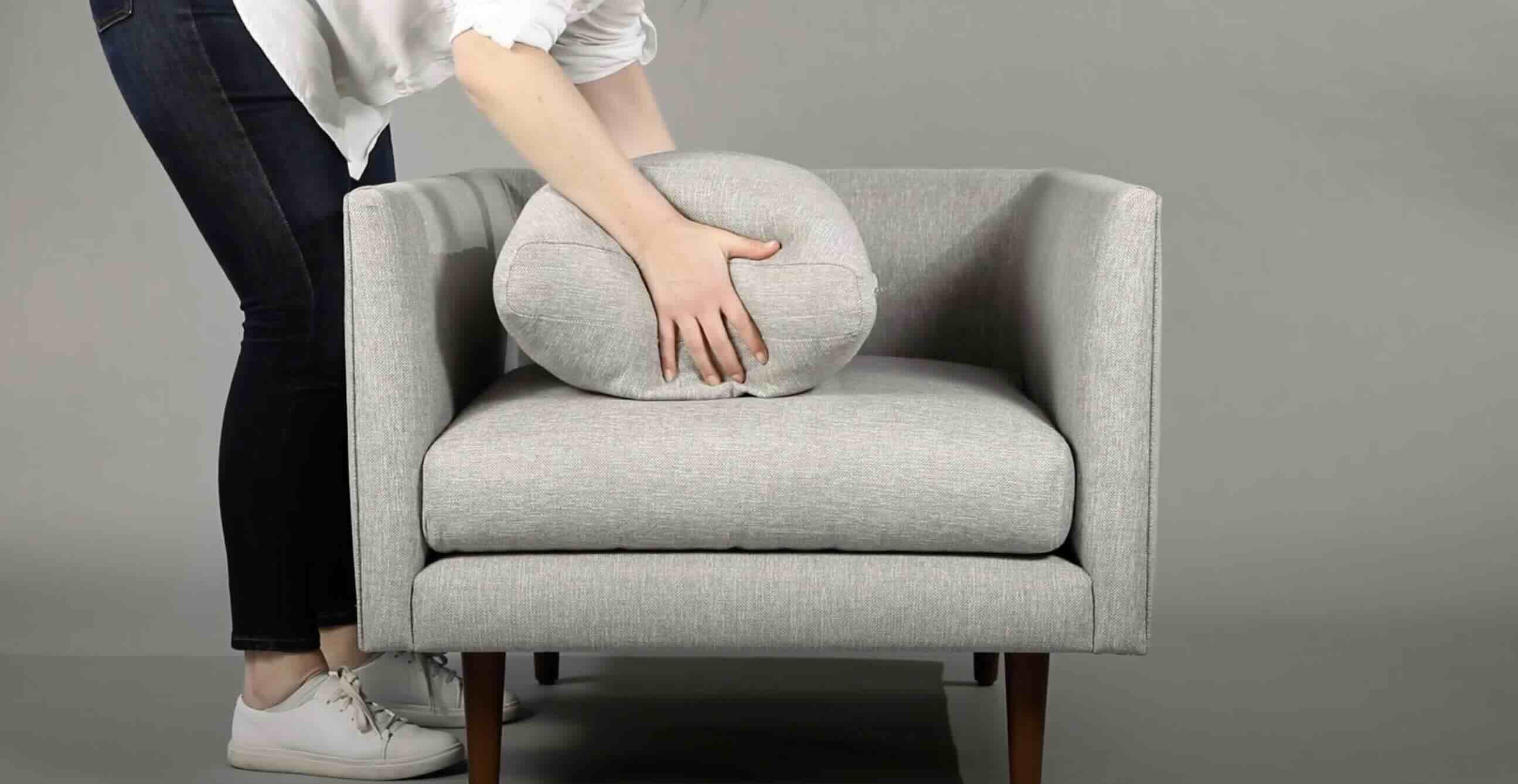

Living Room Furniture
How To Fluff Up Couch Cushions
Modified: March 16, 2024
Learn how to fluff up couch cushions and bring life back to your living room furniture. Simple tips and tricks to make your cushions plump and comfortable.
(Many of the links in this article redirect to a specific reviewed product. Your purchase of these products through affiliate links helps to generate commission for Storables.com, at no extra cost. Learn more)
Introduction
Welcome to the ultimate guide on how to fluff up couch cushions! Over time, our beloved couches can start to lose their original plumpness, leaving us sitting on flat and uncomfortable cushions. But fear not! With a few simple techniques, you can bring back the comfort and aesthetic appeal of your couch cushions.
Whether you have a traditional fabric couch or a luxurious leather sofa, fluffing up your cushions is a quick and cost-effective way to restore their shape and make your living room the cozy oasis it once was. In this article, we will guide you through the process of assessing the condition of your couch cushions, removing and cleaning the cushion covers, restoring the cushion fill, fluffing and refluffing the cushions, and even extending their lifespan.
So, let’s get started and transform those flat cushions into plump, inviting pillows of comfort!
Key Takeaways:
- Bring back the comfort and plumpness of your couch cushions by assessing, cleaning, and restoring the fill. Regular maintenance and quality materials can extend their lifespan for cozy relaxation.
- Fluff and refluff your cushions regularly to maintain their inviting appearance. Rotate, protect from sunlight, and invest in high-quality cushions for long-lasting comfort and style.
Read more: How To Fluff Cushions
Assessing the Condition of Your Couch Cushions
Before you embark on the journey of fluffing up your couch cushions, it’s important to assess their condition. This will help you determine the best approach for restoring them to their former glory.
Start by examining the cushions for any visible signs of wear and tear. Look for sagging areas, lumpy spots, or deformed shapes. Take note of any stains or odors on the cushion covers as well.
Next, give the cushions a firm squeeze. Are they still resilient and bounce back to their original shape, or do they feel flat and lifeless? This will help you gauge the level of restoration required.
If your cushions are only slightly flattened and show no major signs of damage, a simple fluffing technique combined with regular maintenance might be all you need. However, if your cushions are significantly worn out or have a weakened structure, you may need to consider additional steps such as replacing the fill or cushion covers.
It’s also essential to consider the type of fill your cushions have. Most couch cushions are filled with foam, fiberfill, or a combination of both. Foam cushions tend to retain their shape better than fiberfill, but they can still become compressed over time.
By thoroughly assessing the condition of your couch cushions, you’ll be able to determine the best course of action to restore their plumpness and comfort. So, let’s move on to the next step: removing and cleaning the cushion covers.
Removing and Cleaning the Cushion Covers
Now that you’ve assessed the condition of your couch cushions, it’s time to move on to the next important step: removing and cleaning the cushion covers. This process not only helps in maintaining the cleanliness of your couch but also allows you to address any stains or odors that might be affecting the overall freshness of your cushions.
Start by checking if your cushion covers are removable. Most couches come with zippered or Velcro closures that make it easy to remove the covers. Carefully unzip or disconnect the closures, and gently slide the covers off the cushions. If the covers are not removable, don’t worry! You can still clean the surface using a suitable upholstery cleaner.
Once the cushion covers are removed, check the care instructions on the label. This will provide specific guidelines for cleaning them. If there are no labels or you can’t find them, don’t panic! You can follow some general guidelines for cleaning upholstery fabrics.
First, check for any obvious stains on the cushion covers. If you spot any, treat them immediately with a stain remover or a mild detergent. Gently blot the stains using a clean cloth, working from the outside in to prevent spreading. Avoid rubbing the fabric vigorously, as this can damage the fibers.
After treating the stains, you can move on to cleaning the entire cushion cover. Depending on the fabric type, you may be able to machine wash the covers or use a mild upholstery cleaner recommended for that specific material. Always use cold water and a gentle cycle if machine washing the covers. If hand washing, fill a basin with cold water and a small amount of mild detergent, then gently agitate the covers. Rinse thoroughly and squeeze out any excess water.
Once cleaned, let the cushion covers air dry completely. Avoid using a dryer or placing them in direct sunlight, as this can cause shrinkage or fading. Once dry, you can reattach the cushion covers to the cushions, ensuring they are properly aligned and zipped up.
Cleaning the cushion covers not only helps maintain the cleanliness of your couch but also improves the overall freshness and appearance of your cushions. Now that your covers are clean, it’s time to focus on restoring the cushion fill. Let’s dive in!
Restoring the Cushion Fill
Once your cushion covers are clean and fresh, it’s time to address the next crucial step in fluffing up your couch cushions: restoring the cushion fill. Over time, the fill can become compressed and lose its original shape, resulting in flat and uncomfortable cushions. Fortunately, there are a few methods you can use to restore the cushion fill and bring back that plush, inviting feel.
If your cushions have foam fill, one effective method is to simply give them a good shake or knead. Grab each cushion firmly and shake it vigorously to redistribute the foam fill inside. Kneading the cushions like dough can also help break up any clumps and restore their shape. Repeat this process a few times, focusing on areas that feel particularly flat.
If your cushions have fiberfill, you can fluff them up by manually pulling apart the fibers. Start by grabbing a handful of fiberfill and gently pulling it apart at various points across the cushion. This will help loosen and separate the fibers, restoring their loft. Repeat this process until the entire cushion feels more plump and evenly distributed.
For both foam and fiberfill cushions, you can also consider adding additional fill material. This can be done by opening a small seam in the cushion cover and inserting more foam or fiberfill. Be cautious not to overstuff the cushions, as this can make them too firm and uncomfortable. Test the cushions periodically as you add the fill to ensure they maintain a comfortable level of support.
If your cushions are severely flattened or the fill has deteriorated beyond restoration, it may be necessary to replace the cushion fill entirely. Many upholstery stores or online retailers offer replacement foam or fiberfill inserts that can be tailored to the specific dimensions of your cushions. This option is ideal for long-term cushion restoration and can significantly improve the comfort and lifespan of your couch.
Remember, the goal of restoring the cushion fill is to achieve a comfortable and supportive foundation for your couch cushions. Be patient and gentle during this process, ensuring that the fill is evenly distributed and not excessively packed. Now that your cushion fill is restored, it’s time to move on to the final step: fluffing and refluffing the cushions!
To fluff up couch cushions, simply remove the cushions from the couch and give them a good shake. Then, pat and fluff them to redistribute the filling evenly. Finally, put them back on the couch and give them a gentle punch to plump them up.
Fluffing and Refluffing the Cushions
Now that you have cleaned the cushion covers and restored the cushion fill, it’s time to give your couch cushions that final touch of fluffiness. Fluffing and refluffing your cushions helps distribute the fill evenly and create a plush, inviting appearance.
To start, place each cushion on a flat surface, such as the floor or a clean table. Using both hands, gently squeeze the cushion from the sides, working your way toward the center. This motion helps redistribute the fill and fluff up the cushion. Repeat this squeezing motion several times for each cushion, focusing on any areas that still feel flat.
Next, give the cushions a good punch! This might sound odd, but it’s an effective technique to revive their shape. With a closed fist, gently punch the surface of the cushion all over. This action can help break up any clumps of fill and restore the cushion’s natural loft.
Another method to fluff up your cushions is by using a handheld vacuum cleaner. Attach the upholstery brush attachment to the vacuum and gently run it over the surface of the cushion. The suction will lift the fibers and give the cushion a plump appearance. Be careful not to apply too much pressure, as this can damage the cushion cover or disrupt the fill.
If your cushions have decorative piping or tufting, take extra care during the fluffing process. Use your fingertips to gently reshape any flattened edges or corners, ensuring they maintain their original design. This attention to detail will enhance the overall aesthetics of your cushions.
Refluffing your couch cushions regularly is essential to maintain their shape and comfort. Make it a habit to fluff them up every few weeks or whenever they start to feel compressed. This simple maintenance routine will keep your cushions looking plump and inviting for years to come.
Now that your cushions are thoroughly fluffed and refluffed, it’s time to learn how to extend their lifespan and keep them in optimal condition for as long as possible. Let’s explore some tips and tricks in the next section!
Read more: How To Fluff Couch Pillows
Extending the Lifespan of Your Couch Cushions
Now that you have successfully fluffed and refluffed your couch cushions, it is important to take steps to extend their lifespan. By implementing a few simple maintenance practices and following some useful tips and tricks, you can keep your cushions in excellent condition for years to come.
First and foremost, it is crucial to regularly rotate your cushions. Flip them over and switch their positions every few months. This helps distribute the wear and tear evenly, preventing one side from bearing the brunt of the pressure and prolonging the life of your cushions.
Another important practice is to avoid placing heavy objects on your cushions. While it might be tempting to use them as makeshift tables or footrests, excessive weight can compress the fill and lead to permanent deformation. Encourage family members and guests to avoid sitting or lying directly on the cushions with heavy objects.
Protecting your cushions from direct sunlight is also vital. Prolonged exposure to the sun’s rays can cause the fabric to fade and weaken. Consider using curtains, blinds, or window films to block the harsh sunlight from reaching your couch. Additionally, rotating and rearranging the furniture in your living room periodically can also prevent excessive sun exposure on specific cushions.
Regular cleaning is another key component of extending the lifespan of your couch cushions. Vacuum the cushions regularly to remove dirt, dust, and debris that can accumulate over time. This will help prevent the particles from settling into the fibers and causing stains or discoloration. If any spills occur, clean them immediately to avoid permanent damage.
Using cushion protectors or covers can offer an extra layer of defense against spills, stains, and everyday wear and tear. These removable covers act as a barrier between your cushions and potential hazards, making it easier to clean or replace the covers as needed.
Finally, it is essential to consider the quality of your couch cushions. Investing in high-quality cushions with durable fill materials can significantly extend their lifespan. Opt for cushions with a higher density foam or resilient fiberfill that can withstand repeated use and regular fluffing.
By following these maintenance practices and taking steps to protect your cushions, you can ensure they stay comfortable, supportive, and visually appealing for years to come. So, go ahead and enjoy the enhanced longevity of your couch cushions!
Conclusion
Congratulations! You have reached the end of this comprehensive guide on how to fluff up your couch cushions. By following the steps outlined in this article, you can bring back the comfort, plumpness, and aesthetic appeal of your living room furniture.
We started by assessing the condition of your couch cushions, identifying any signs of wear, and determining the best approach for restoration. Next, we delved into the process of removing and cleaning the cushion covers, ensuring that your cushions are fresh and free from stains or odors.
Restoring the cushion fill was the next crucial step, whether it involved redistributing the foam or fluffing up the fiberfill. By employing simple techniques such as shaking, kneading, and adding additional fill material, you were able to revive your cushions back to their original plushness.
Finally, we explored the techniques of fluffing and refluffing, which helped further distribute the fill and create an inviting appearance. We emphasized the importance of regular maintenance, including rotating the cushions, protecting them from direct sunlight, and using cushion protectors or covers.
By implementing these practices and being mindful of the quality of your couch cushions, you can extend their lifespan and keep them in optimal condition for years to come.
So, go ahead and give your couch cushions the attention they deserve. Fluff them up, refresh their appearance, and enjoy the cozy comfort they bring to your living room. Your cushions will thank you, and you’ll appreciate the inviting atmosphere they create for family and friends.
Remember, maintaining the plumpness and comfort of your couch cushions is an ongoing process. Regular fluffing, cleaning, and care will ensure that your cushions remain a cozy retreat for relaxation and a stylish addition to your home decor.
Thank you for joining us on this journey of reviving and extending the life of your couch cushions. Happy fluffing!
Frequently Asked Questions about How To Fluff Up Couch Cushions
Was this page helpful?
At Storables.com, we guarantee accurate and reliable information. Our content, validated by Expert Board Contributors, is crafted following stringent Editorial Policies. We're committed to providing you with well-researched, expert-backed insights for all your informational needs.
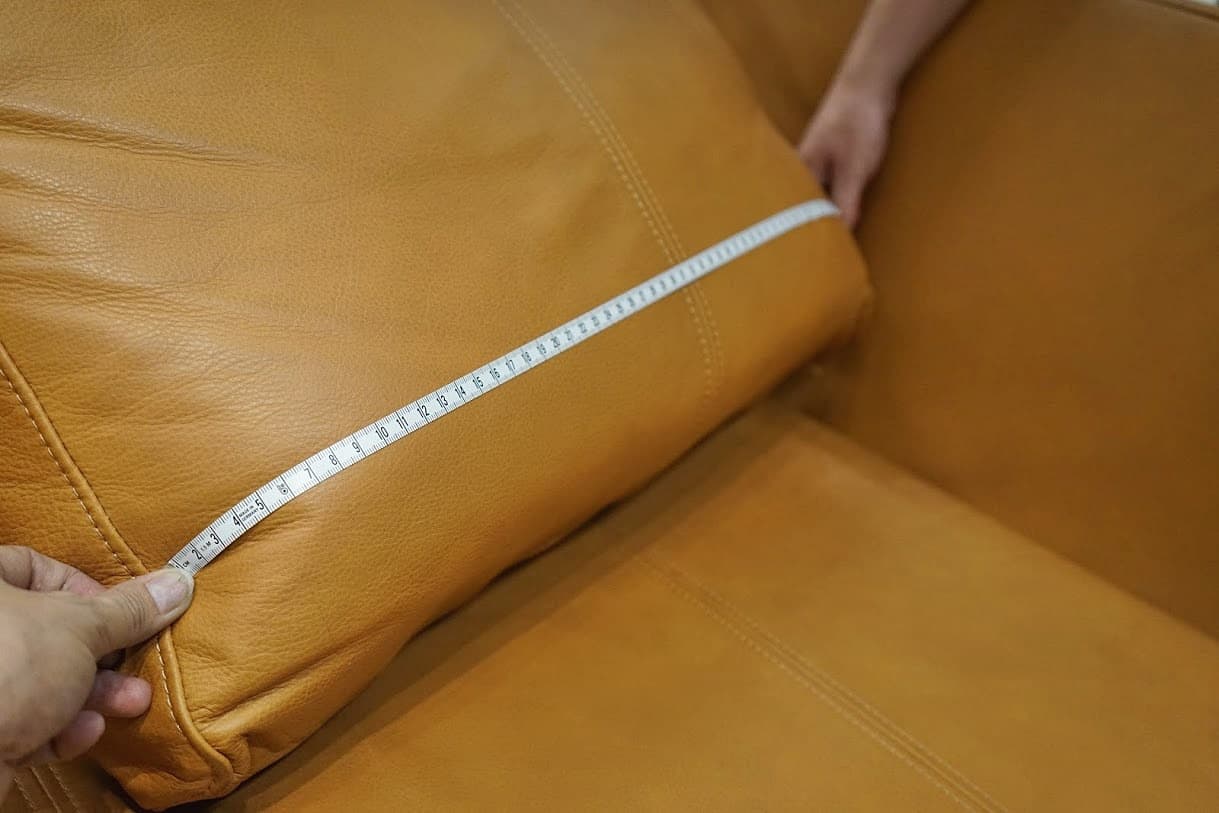


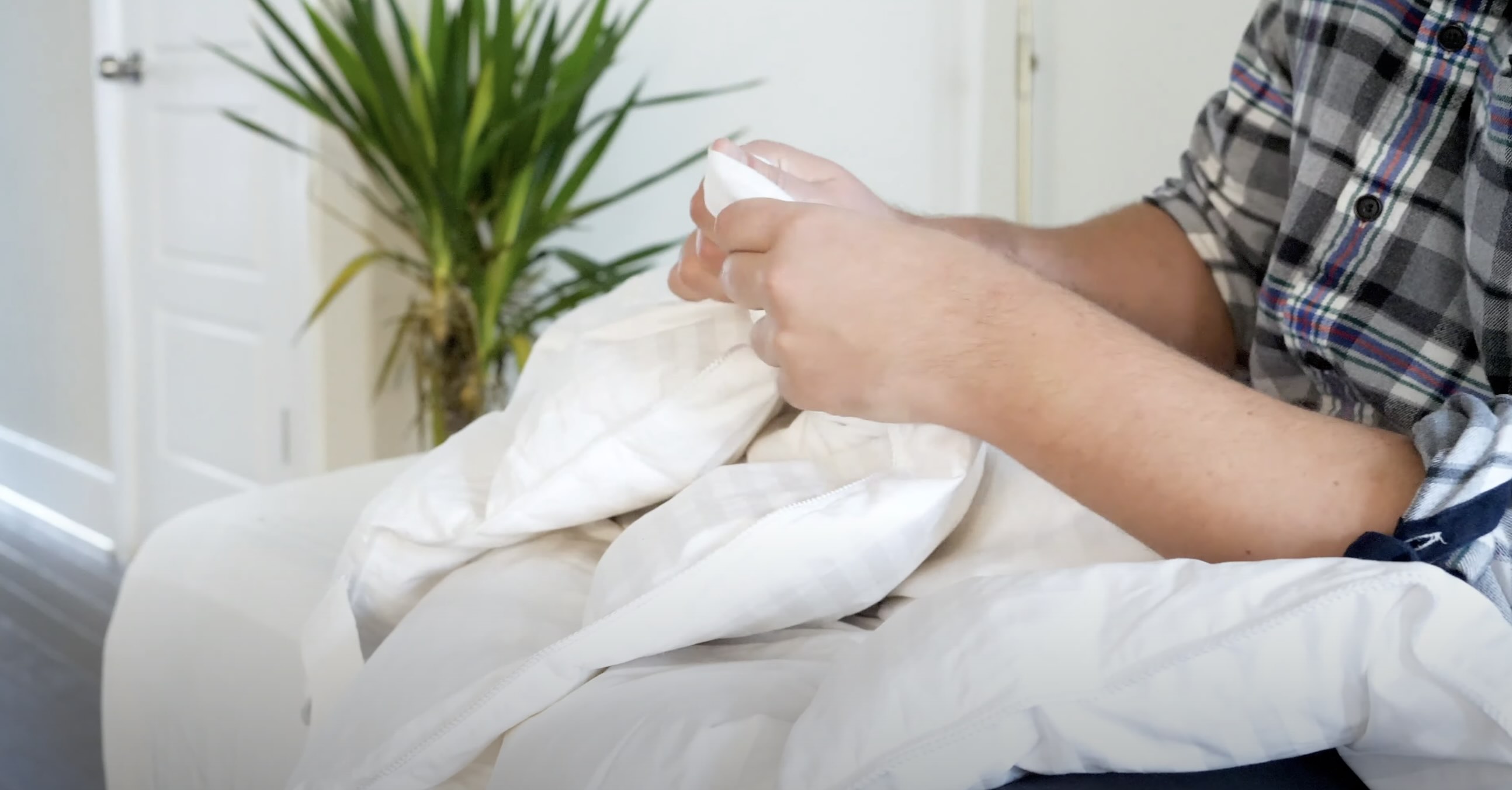


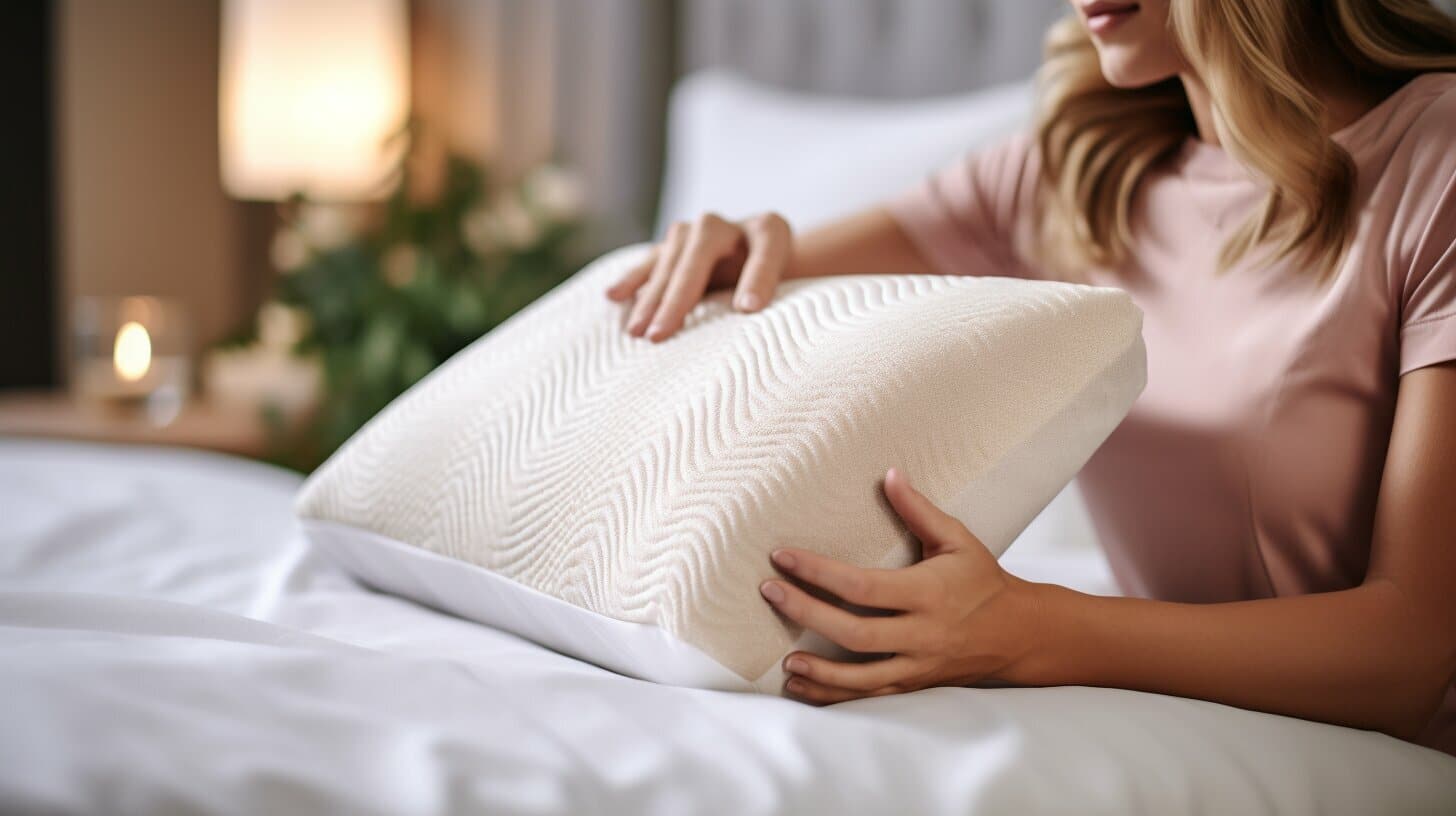
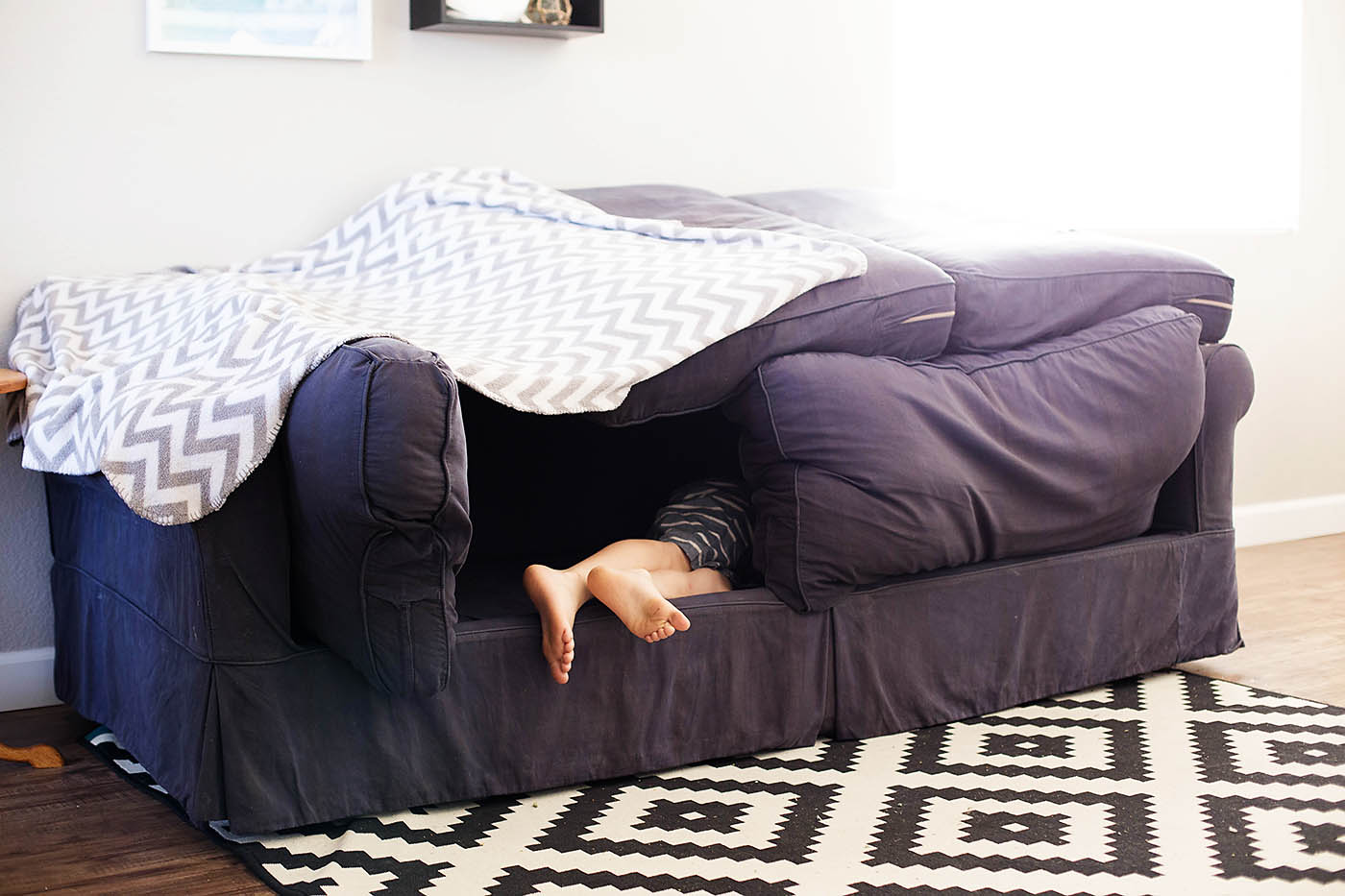
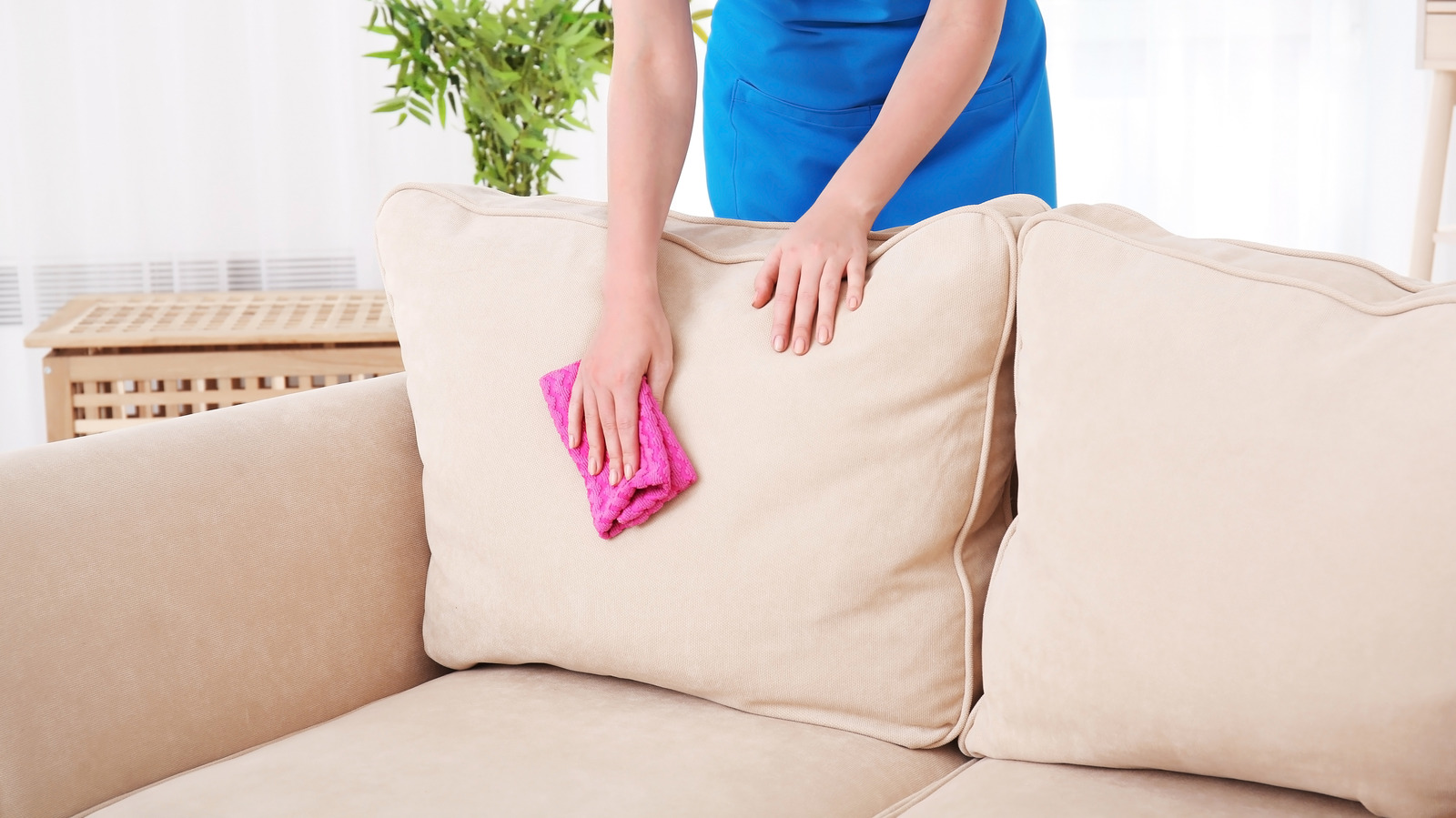
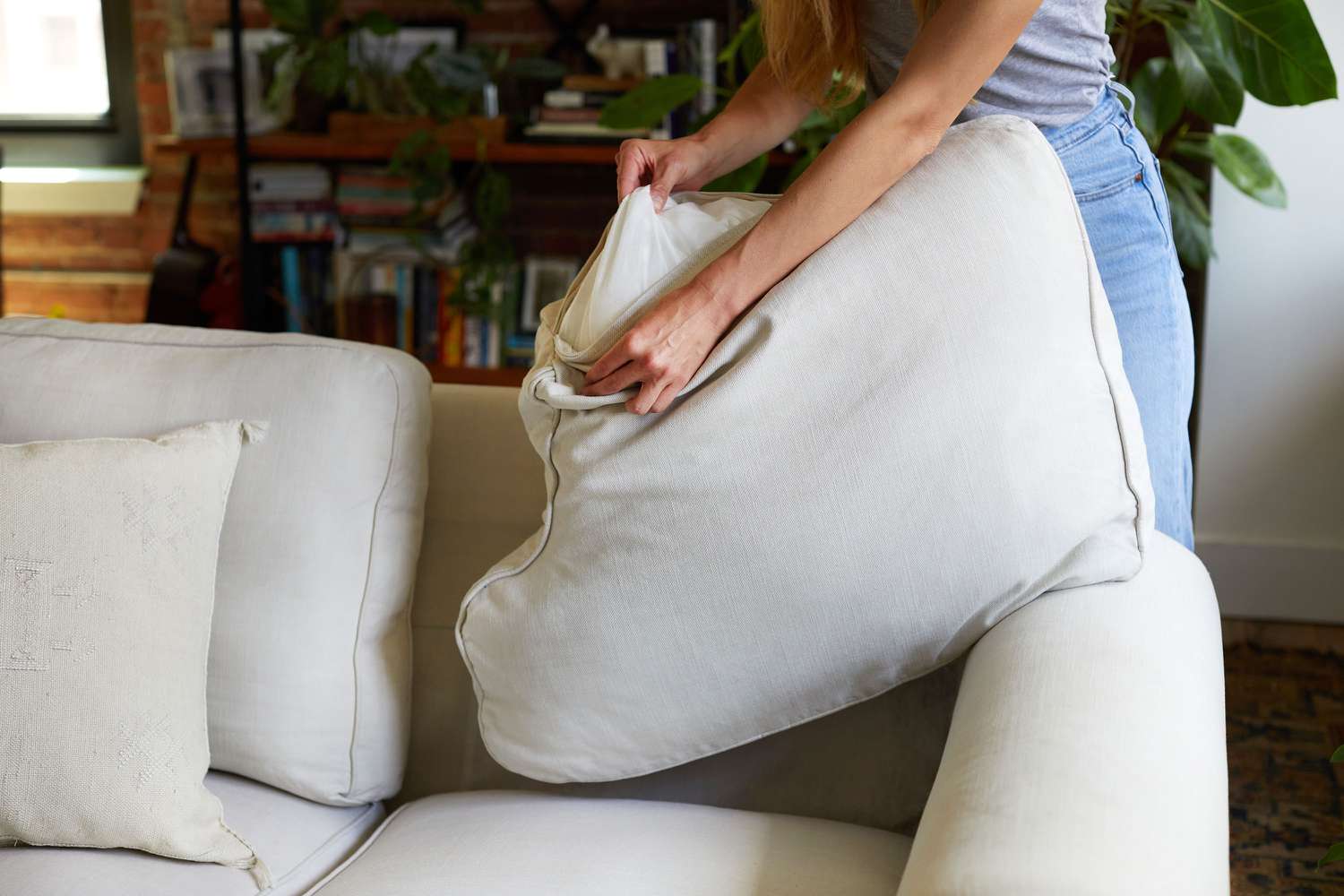
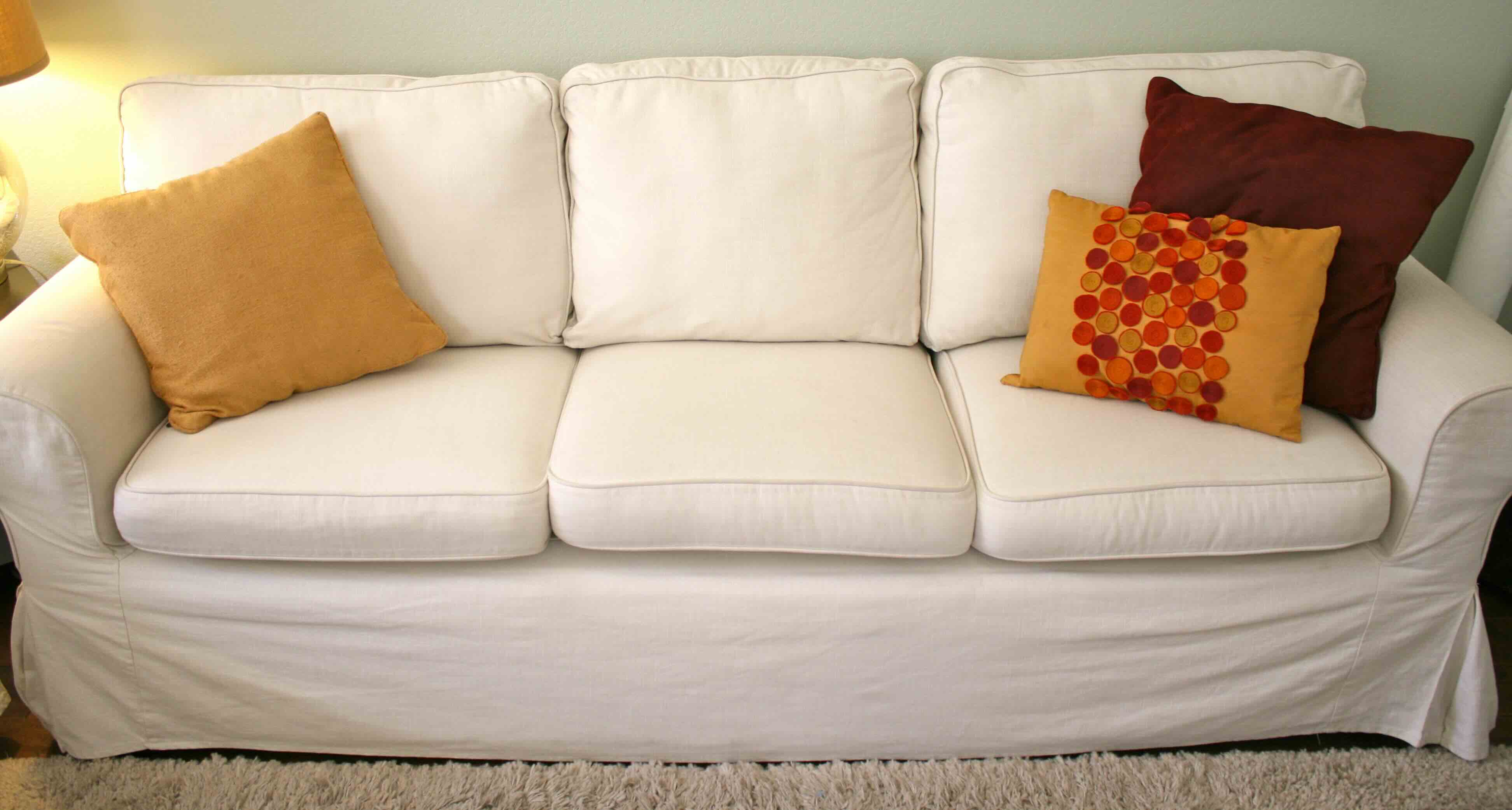
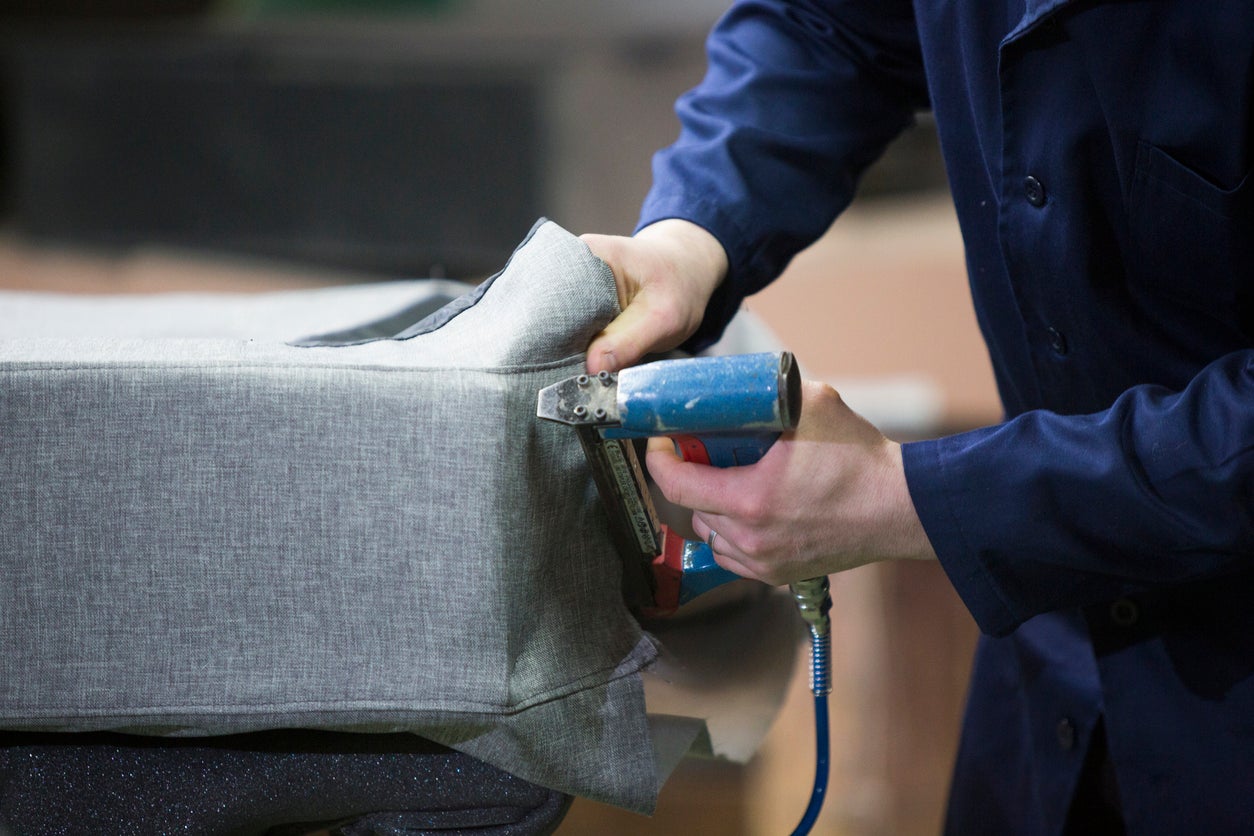
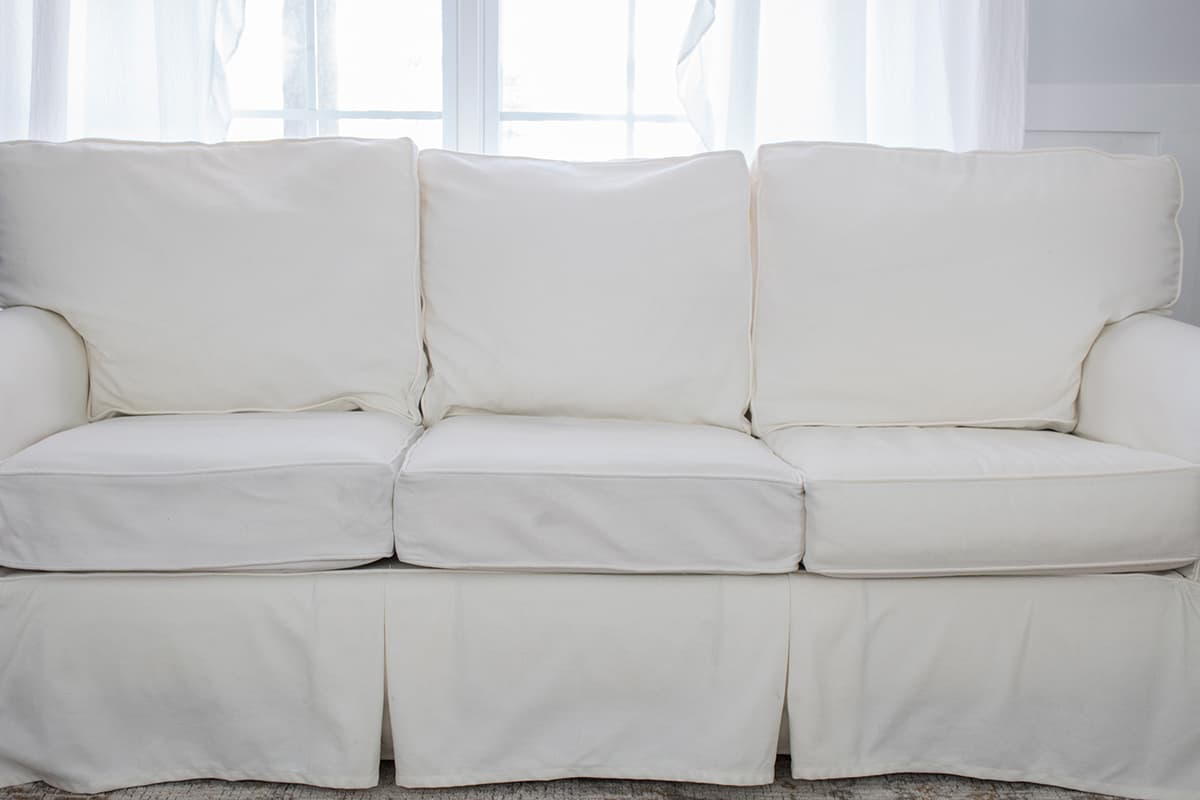
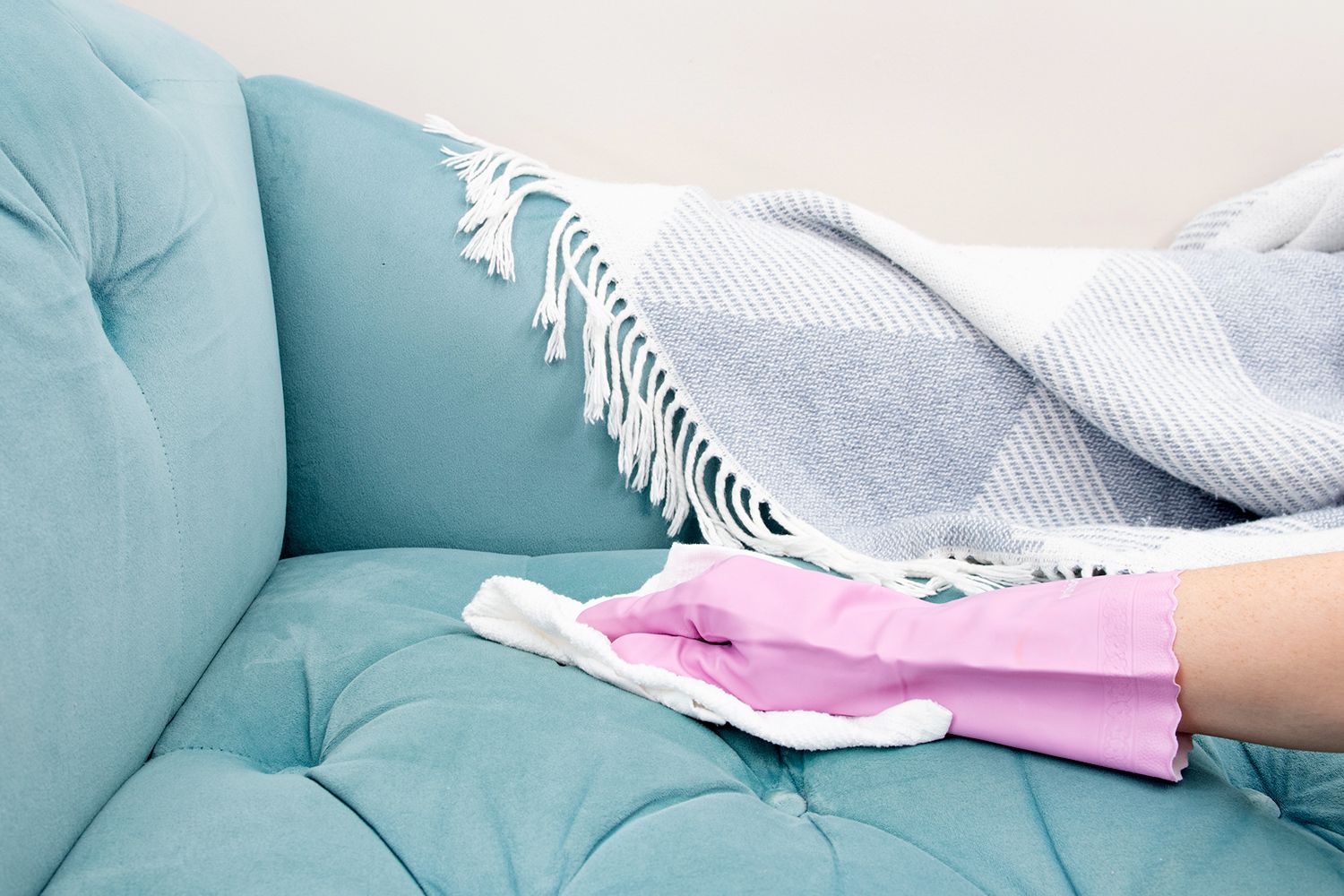

0 thoughts on “How To Fluff Up Couch Cushions”